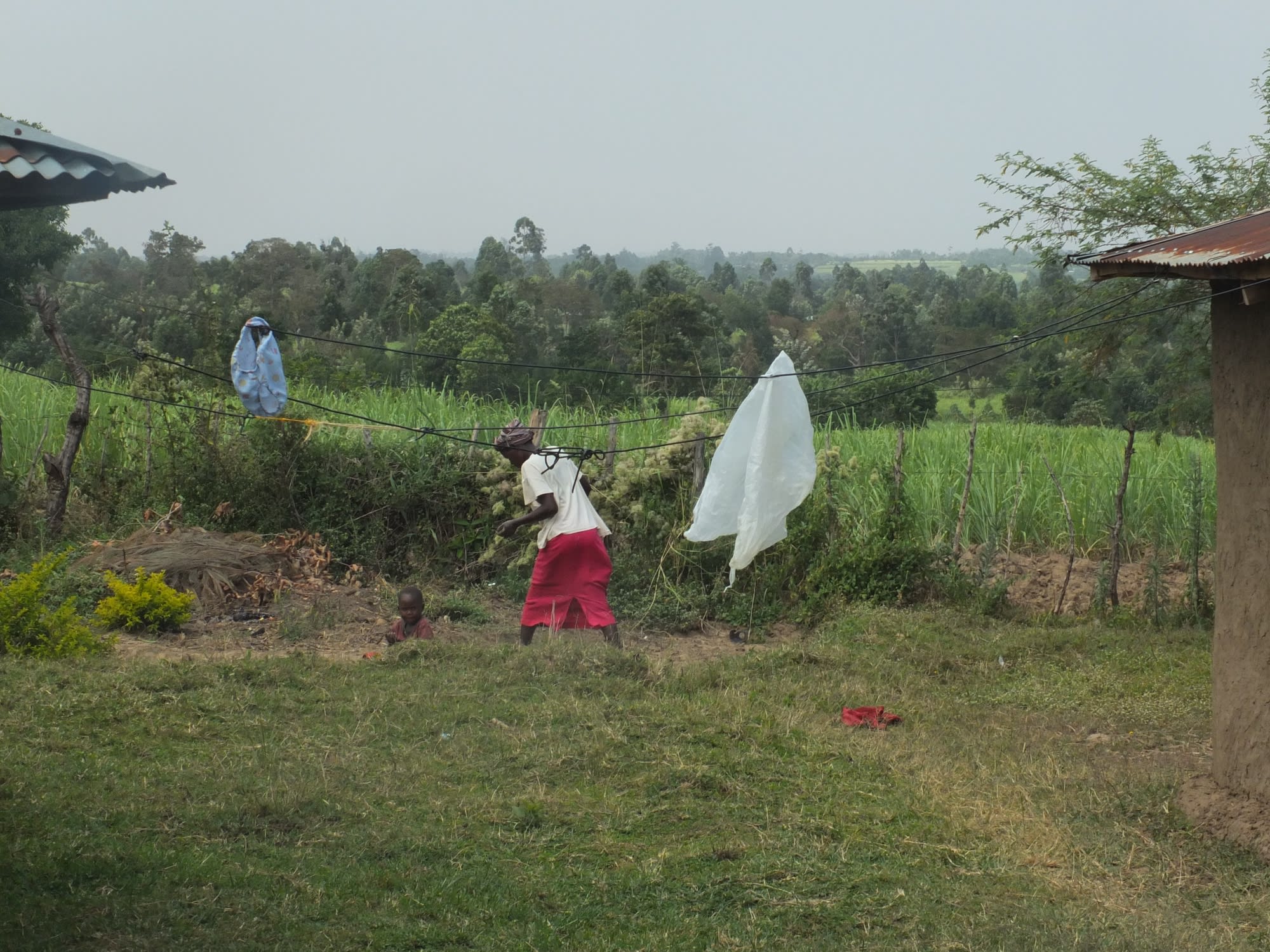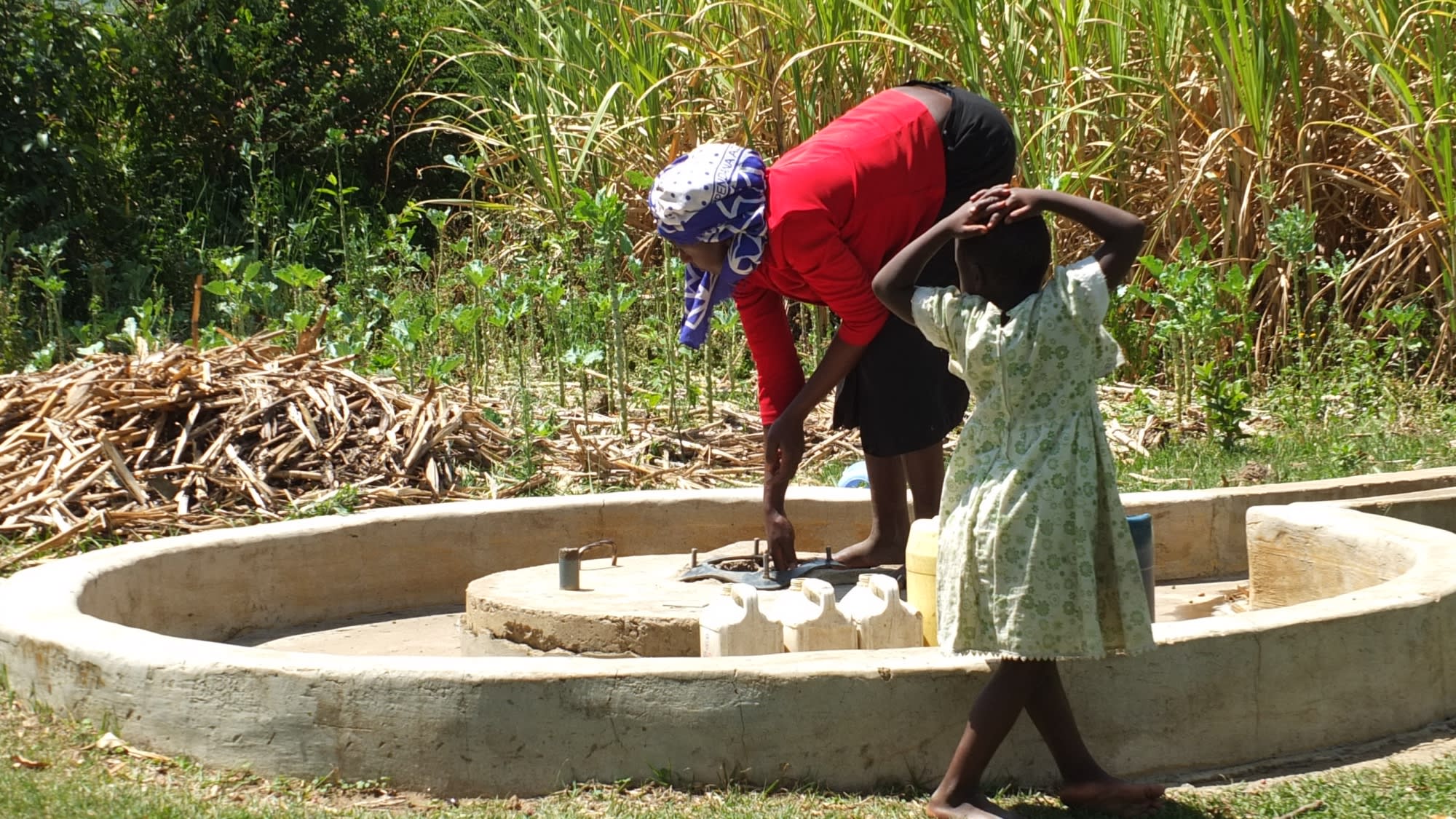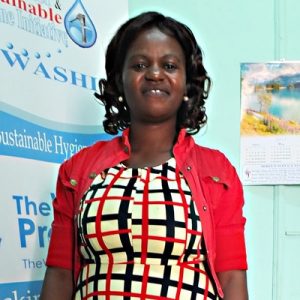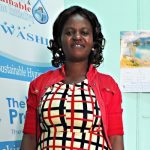The average day in Vilongo starts at sunrise. Radios tuned to the news are heard throughout the village. The cows are milked first thing, then the women cook tea and serve breakfast to the family. The men proceed to the farm as women remain to do chores and the children head to school.
This area is highly vegetated with the crops grown by community members. The majority of people are small-scale farmers, growing sugar cane, maize, beans, and vegetables to eat or sell.

Some of the young men work as motorcycle or bicycle taxi drivers, called 'bodaboda' locally.
The village is found in a rural area. It is peaceful and most of the buildings are made of a mud block with iron sheet roofing. Few houses are roofed with grass.
Everyone returns home by the evening for dinner and goes to bed to rest for another day.
Collecting water is another daily task. The main water sources in the community are four open, unprotected wells. People lower buckets into the wells that once had pumps to gather water for drinking, bathing, and washing.
We noticed some households had tanks and containers that are used to harvest rainwater, but they were dry due to the lack of rain and many were rusting.

The Vilongo well we're focusing on has enough water to be used by the community, but the problem is that it is contaminated. People, especially children, are vulnerable to waterborne diseases since there are no safe water sources in the community.
"Water is a very big issue in Sukura Community. Because we lack clean water for drinking, we have been falling sick regularly," Mr. Joseph Lunani, a farmer, said.
"Our children are malnourished since we can't even irrigate our land to produce vegetables to supplement our diet."
Nearly all households have latrines, in the community. But they are often in poor shape. Most of them were dirty and did not have doors. The smell from the latrines is noticeable from a distance. Few homes had handwashing stations.
"Most of us don't take hygiene seriously because of lack of knowledge," Mrs. Elizabeth Barasa, a retired teacher, said.
"Children get sick because of something that can be avoided. So, if we are trained about hygienic measures, I am sure that our hygienic attitude will change for better."
The good news is that something can be done about it.
Here’s what we’re going to do:
Training
Community members will attend hygiene and sanitation training for at least three days. This training will ensure participants have the knowledge they need about healthy practices and their importance. The facilitator plans to use PHAST (Participatory Hygiene and Sanitation Transformation), group discussions, handouts, and demonstrations. One of the most important topics we plan to cover is the handling, storage, and treatment of water.
Having a clean water source will be extremely helpful, but it is useless if water gets contaminated by the time it’s consumed. Handwashing will also be a big topic.
Training will also result in the formation of a committee that will oversee operations and maintenance at the well.
Well Rehabilitation
Once we’ve cleaned out the well, we’ll construct a protective well pad and install a new stainless steel AfriDev pump. The community will then have a safe water source that will help make waterborne diseases and the other challenges posed by unclean water a thing of the past.
This project is a part of our shared program with Safe Water and Sustainable Hygiene Initiative (SAWASHI). Our team is pleased to provide the reports for this project (edited for clarity) thanks to the hard work of our friends in Kenya.

 Protected Dug Well
Protected Dug Well

































